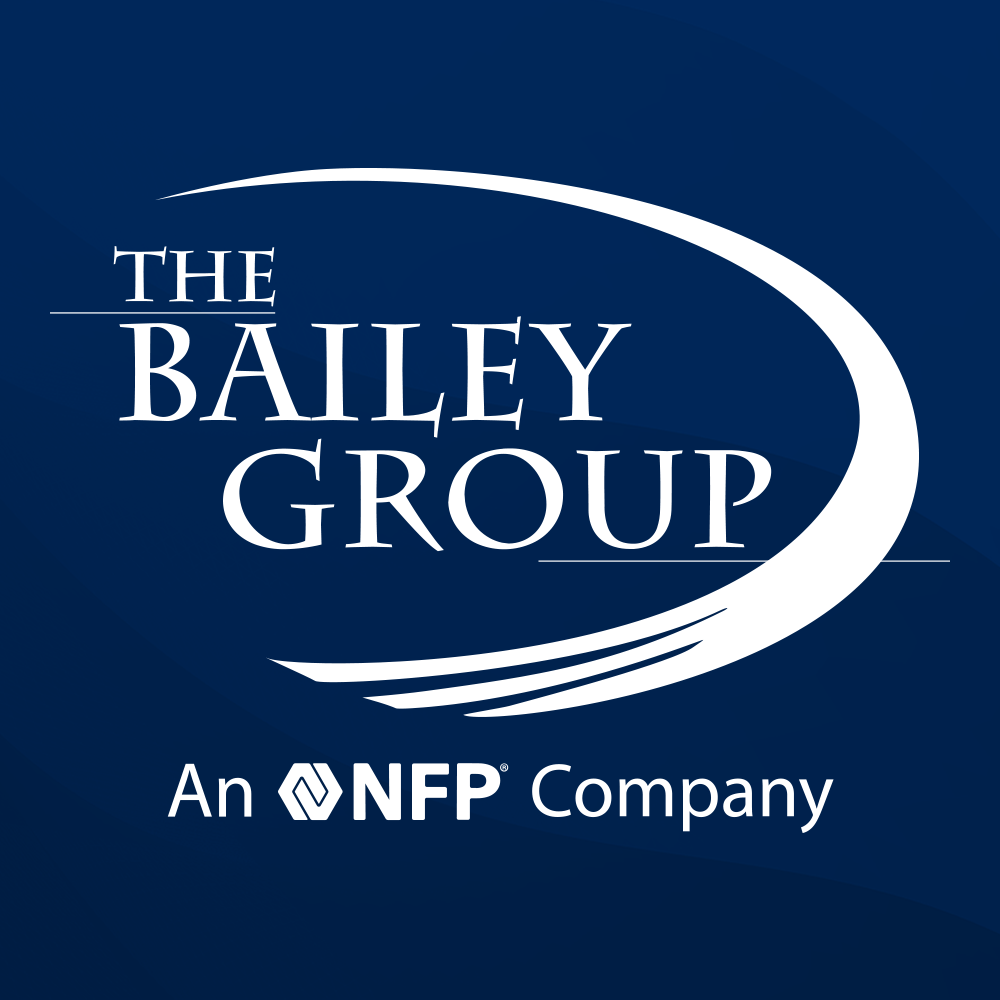8 Key Components Every Workplace Wellness Operating Plan Should Have
By The Bailey Group Marketing
Published March 29, 2017

If you’ve been keeping up with our other posts, you know the purpose of a workplace wellness program is to promote healthy lifestyle initiatives, which can include smoking cessation programs, on-site gyms, healthy food initiatives, wellness education and more.
While some businesses have instituted comprehensive health programs, others have achieved savings and increased productivity with just a few simple activities that promote healthy behaviors.
One thing that almost all successful workplace wellness programs share is that they have an outcome-oriented operating plan in place.
Outcome-Oriented Operating Plan
An outcome-oriented operating plan is important to your business and your wellness program for the following reasons:
- It links wellness initiatives to company needs and strategic priorities.
- It legitimizes the program, which increases the likelihood of continued resources and support.
- It provides continuity for the program when personnel changes occur.
- It serves as a means to evaluate the effectiveness of the program.
If you’re looking to get a wellness program started at your company or just looking to revamp your existing operating plan, we put together this list of 8 critical components we think every wellness program operating plan should have.
Component #1: Vision and Mission Statements
All successful and long-lasting wellness programs have clear vision and mission statements. This statement should include the values that drive the program along with the ultimate goals or accomplishments the program hopes to achieve. The following is a sample wellness program vision statement:
Example Vision Statement
Our goal is to improve the health and well-being of ABC Company employees through health education and activities that support healthy lifestyles; thereby, resulting in improved employee productivity, morale and health care cost savings.
Component #2: Goals
Goals are the long-term accomplishments to be achieved from your program. Goals should be realistic, reflect the needs of both management and employees, and flow naturally from the data collected. Goals should include clear time limits, so it is easy to determine whether they have been accomplished. The following is an example of a wellness program goal:
Example Goal
ABC Company will reduce the prevalence of employee smoking from 35 percent to 25 percent by the end of the next fiscal year.
Component #3: Objectives
Objectives are the strategies you will implement to achieve your goals. Like goals, they should include specific action steps and timelines, and be written so that it is clear whether they have been accomplished. The following are examples of objectives that support the sample goal above:
Example Objectives
By ‘x’ date, ABC Company will implement a smoke-free workplace policy.
By ‘x’ date, ABC Company will offer all employees a health risk assessment and will use that information to develop a smoking cessation program by ‘x’ date.
Component #4: Timeline
Develop a realistic timeline to implement and evaluate your program. The timeline will incorporate key dates contained in the objectives and goals. Wellness initiatives generally begin at the start of the year when people are making New Year’s resolutions. They are then remarketed at least twice throughout the year. Wellness activities should be scheduled at times that are convenient for all participants, so it may be necessary to offer multiple sessions, including evening sessions.
Component #5: Budget
It takes resources to implement a wellness program. Your budget may include items like salaries, program materials, administrative needs, outside vendors, evaluation and the costs associated with incentives. A detailed budget is essential during the evaluation process so you can compare program costs to outcomes.
Recommended Reading
24 Low-cost Wellness Strategies You Can Implement Today
Component #6: Communication Plan
You must communicate your program to raise employee awareness of the program and drive participation. Your operating plan should address the types of marketing efforts that will be used to inform employees about your wellness plan. Specific communication techniques will vary depending on the size of your company and your budget. The following are effective but low-cost communication methods:
- Involve employees in the planning and implementation process.
- Involve the company president to encourage participation.
- Use email, intranet postings, bulletin boards and company newsletters.
- Make the program fun by using a creative name and providing incentives.
Component #7: Implementation Plan
This section of the operating plan will provide detailed information about implementing workplace wellness initiatives and will assign individual responsibilities associated with the offerings.
Component #8: Evaluation Plan
The final section should address how you will measure the success of your program. Ideally, evaluation will include measuring how well the program is working and whether it is achieving its expected results. Participation rate, participant evaluations and surveys are all good evaluation tools. Below is an evaluation using the goals and objectives mentioned above:
Did the prevalence of smoking decrease by 10 percent by the end of the fiscal year? If not, why not? Was the goal realistic? Does the timeline need to be adjusted and objectives revised?
Recommended Reading
How to Thoroughly Evaluate Your Workplace Wellness Program
Are you looking to get a wellness program off the ground at your company? Maybe you’re searching for a partner to help you level-up your current program. Either way, our Health Promotion team is here to help you create a best-in-class wellness program. Take a look at how we can help and then drop us a line at the bottom of the page. We’d love to have a conversation about how we can help you create a happier and healthier workforce.




